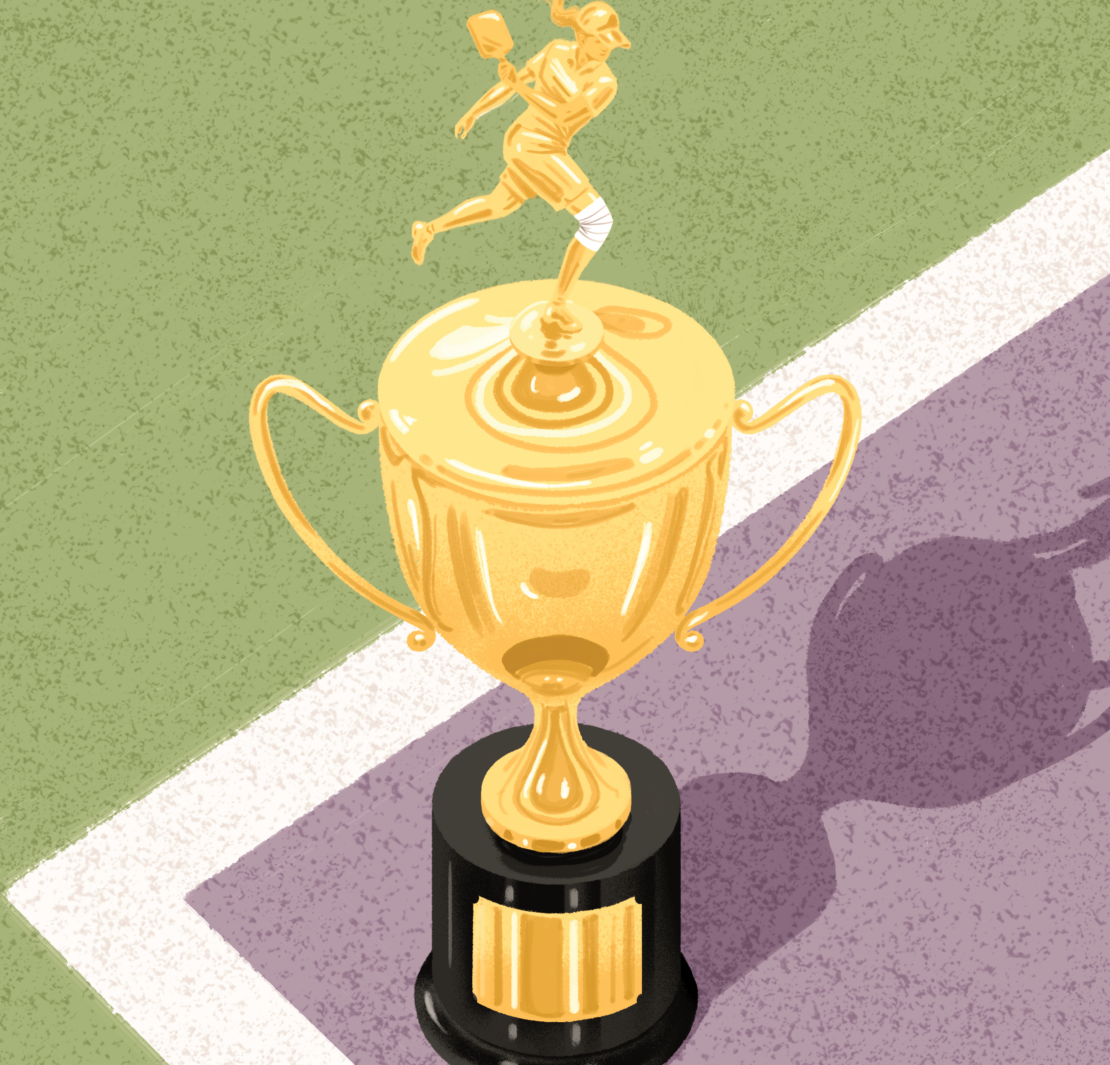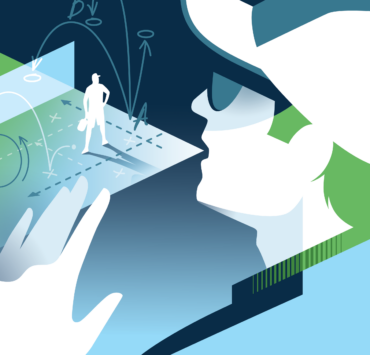No Pain, No Gain?
- Orthopedic surgeon Gary A. Pattee explores the benefits of feeling the hurt and knowing when it’s time to curb or stop that strenuous activity.

ILLUSTRATION BY ANDREA DE SANTIS
Previous Article
Next Article


